31 Aug September 2021 Yellowbill
President’s Message
Greetings, FAS members and friends. I hope this message finds you well.
With summer nearing its end and fall on the horizon, we at Fresno Audubon Society (FAS) are very excited to start off the 2021-2022 season. We have some exciting events coming up. On Tuesday, September 14, FAS will hold its monthly general meeting over Zoom. The presenter will be Richard Cimino, avid birder and field guide for Yellowbilled Tours, who will be talking to us about Birds of Belize and Tikal National Park Guatemala. This is a talk you don’t want to miss! Look for the link to registration further below in The Yellowbill, on our calendar, via later email or on FAS social media sites.
On Saturday, September 18, FAS will be hosting a virtual tour of the Fresno-Clovis Regional Wastewater Treatment Facility. Shorebird migration is really heating up and the variety of species is sure to be great! Some of the species we expect to encounter are Greater Yellowlegs, Long-billed Dowitcher, Least Sandpiper, Western Sandpiper, Black-necked Stilt, and American Avocet. The link for this registration is also further below!
Many thanks to those of you who attended our general meetings over the summer! In June, birder extraordinaire Gary Woods presented his 50 best bird photos. In July, young photographer Christopher Smith talked to us about creativity and light in bird photography. In August, Wendy Willis of the Jocotoco Conservation Foundation shed some light on bird conservation in Ecuador. If you missed any of these, do not despair! You can find these and other general meeting presentations on our YouTube channel at https://www.youtube.com/user/FresnoAudubon.
On September 1, FAS will be launching its 2021-2022 membership drive. There are many benefits to membership in FAS, including exclusive access to FAS Birding Resource Guide! We cannot thank our members enough. FAS would not be the same without your support! Look further below in The Yellowbill for more information.
I want to extend a heartfelt thanks to those who pledged earlier this year to donate to help Audubon California protect nesting Tricolored Blackbirds here in California. Luckily, Audubon California was able to secure the necessary funds to protect these birds and the pledges did not have to be called upon.
I’d like to remind all of you that FAS is on Facebook, Instagram, Twitter, and YouTube. Please give FAS a follow if you haven’t already! This is a great way to engage with us and stay in the loop!
To end this message, I’d like to share two photos. The first is a non-breeding adult Heermann’s Gull. Note the bright red beak with dark tip, the gray mottling on the head (breeding adults have white heads), and the gray body. The second photo is an adult Black-crowned Night Heron. Note the stocky body, the dark crown and backside, the pale underside, and the red eyes. Both of these photos were taken along the central coast (the Heermann’s Gull in August and the Black-crowned Night Heron in July). Enjoy!
Please take care of yourselves!
Rachel Clark
President
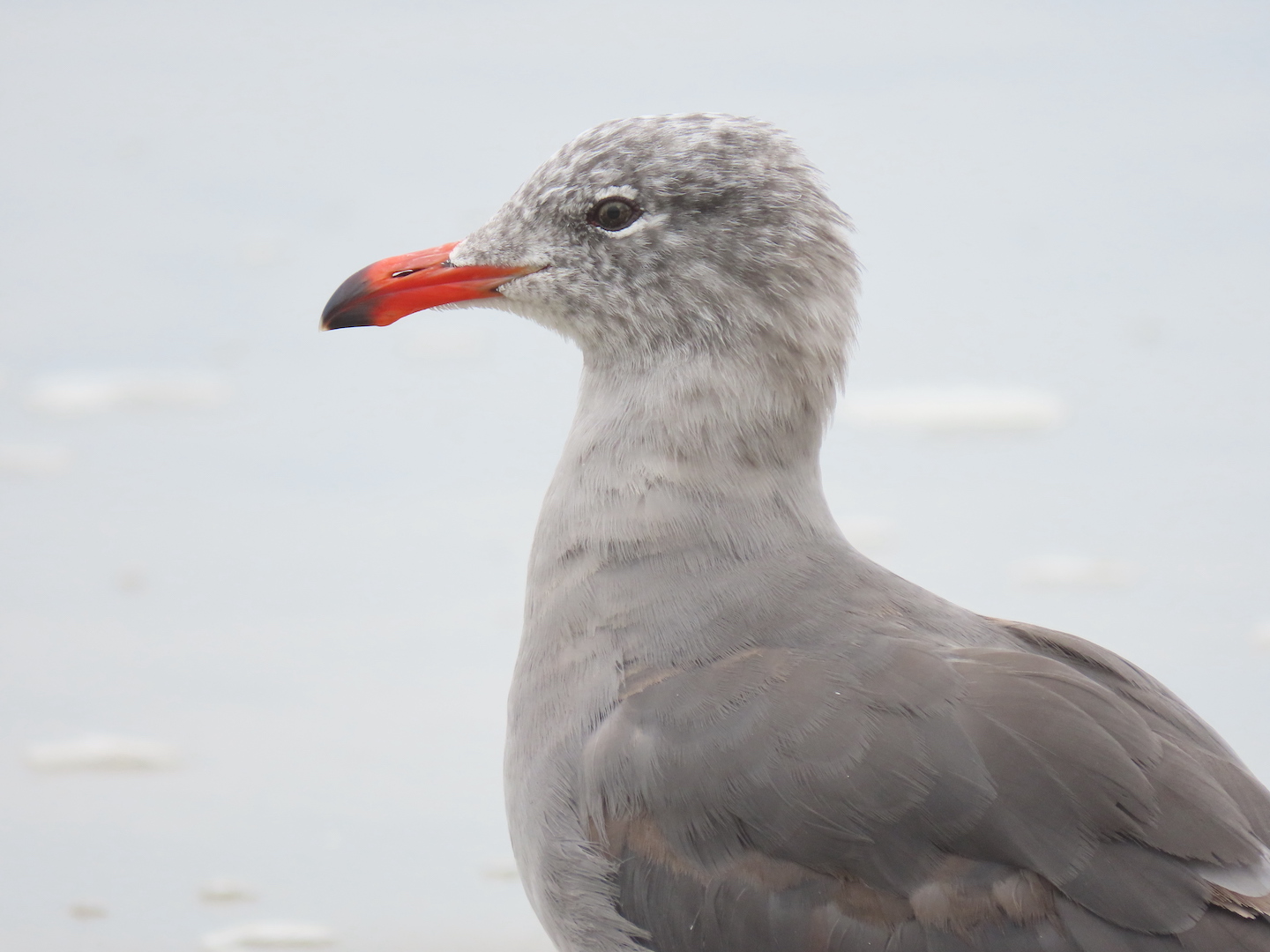
Heermann’s Gull by Rachel Clark

Black-crowned Night Heron by Rachel Clark
Membership
Fresno Audubon Society Kicks Off Its Annual Membership Drive!
We are excited to announce the kick-off of Fresno Audubon’s (FAS) 2021-2022 membership drive beginning Wednesday, September 1, 2021 . FAS annual membership runs from September 1st through August 31 each year.
Thank you to all of you who generously support Fresno Audubon by paying annual membership dues. Your support makes it possible for FAS to host outstanding speakers on our Zoom General Meetings, provide instructive “birding by ear” videos, conduct introductory birding classes and guided field trips as conditions allow, maintain the bird feeding station at the River Center, conduct multiple bird surveys, and advocate for regional and local bird-related issues. To learn more about our work, download our 2020 Annual Report.
In addition, FAS members have exclusive access to the FAS Birding Resource Guide, an online compilation of Central Valley birding resources, and new members receive a FAS sticker that displays the Fresno Audubon website.
New This Year!
Everyone who joins or renews their FAS membership by Thursday, September 30 will automatically become eligible to win a copy of David Sibley’s newest book, WHAT IT’S LIKE TO BE A BIRD. ((Lifetime FAS members and folks who have joined or renewed since June 1, 2021 will also be included in this year’s drawing.)
Fresno Audubon Society membership levels are:
$15 Student
$25 Individual
$35 Family
$1000 Golden Eagle (Life)
Those with PayPal accounts can join or renew their memberships on the FAS website HERE or download a membership form HERE and mail it and your check to:
Fresno Audubon Society
PO Box 3315
Fresno, CA 93650
Thank you for your continuing support of Fresno Audubon Society.
September General Meeting
Birds of Belize and Tikal National Park Guatemala
by Rich Cimino
Tuesday 14 September 2021

Please join Fresno Audubon Society and Rich Cimino for a look at the birds of Belize and Guatemala.
Birding Northern California for 52 years, Rich has been leading field trips for 21 years into Nome and Barrow Alaska. He is the field guide for Yellowbilled Tours, which offers annual birding tours to Nome and Barrow Alaska, as well as Arizona, New Mexico, Wisconsin, Belize, Guatemala and France.
Rich lives in Marin County, is an active member of the Marin Audubon Society and served for eight years as the conservation chair for the Alameda County Ohlone Audubon Society. He participated in the Eastern Alameda Breeding Bird Atlas, The Altamont Pass Wind Turbine Area Golden Eagle & Raptor stakeholder group and avian surveys.
Rich is the co-compiler of the Eastern Alameda County Christmas Bird Count now in its tenth year, and a participant in four Marin CBC’s and the 2021 Marin County Breeding Bird Atlas.
October Big Day—9 Oct 2021
Mark your calendars for October Big Day—9 October 2021! Big Days are a 24-hour opportunity to celebrate birds near and far.
Wherever you are on 9 October, take a few minutes to join the world of birding on October Big Day. By taking part in October Big Day you’re also joining the second-ever Global Bird Weekend and celebrating World Migratory Bird Day. Be a part of the global team, and help set a new record for birding.

General Meeting Speaker Schedule
Following is the schedule for future speakers in 2021. This schedule is subject to change due to cancelations.

Field Trips
Fresno Audubon Society (FAS) field trip leaders met in June to plan the 2021-2022 field trip season, but there has since been a surge in COVID-19 cases in our area. Our country continues to struggle with risk assessment, and it is clear that there is no simple answer to when we should again offer in-person activities. At the online August FAS Board meeting we made the decision to not hold in-person activities until community transmission returns to a low level. This is defined by the CDC as a 7-day average case rate of <10/100,000 population and a 7-day average COVID-19 test positivity rate of <5%. (You can read about these guidelines in the CDC article Guidance for Implementing COVID-19 Prevention Strategies in the Context of Varying Community Transmission Levels and Vaccination Coverage.) We are monitoring the Fresno County and Madera County COVID-19 data on cases and test results (available here) to determine when community transmission becomes low again. As of this writing the Fresno County 7-day average new case load is 39.8 new cases per 100,000 and the 7-day average test positivity is 10%, and the Madera County 7-day average new case load is 35.7 new cases per 100,000 and the 7-day average test positivity is 5.7%. Therefore, there will be no in-person field trips in September. We continue to monitor the data regularly and will make a month-by-month decision on when to again offer in-person trips.
Virtual Field Trips
Saturday 18 September 2021 ⏤ Wastewater Treatment Plant with Rachel Clark
You can see an example of what you will experience below, where Rachel gives tips on identifying Least Sandpiper.

Places to bird within a half hour drive of Fresno
We would also like to offer the following suggestions for birding on your own.
Fresno County
Jensen River Ranch https://goo.gl/maps/qorJF8uGUHrNxgFj8
Riverbottom Park https://goo.gl/maps/sUsBGxJ8v31YFha48
River West https://goo.gl/maps/bNmBDPMiqrtKofJq9
Big Dry Creek Reservoir grasslands https://goo.gl/maps/dYJzn47CPGwaLrt58
Enterprise Canal, Clovis https://goo.gl/maps/5oXTKD6r4eqi27Yv7
Cotton Wood Park, Clovis https://goo.gl/maps/1Sqs4aXkyBbw2sod7
Madera County
Wildwood Native Park and trail to Sycamore Island https:goo.gl/maps/y3VmVhchMA6kH2t18
Rd 208 https://goo.gl/maps/QdYTJvGNLW1pQkKx8
Rd 209 https://goo.gl/maps/ZG5kxTXgNKuUX9Gh6
Hildreth (210) Rd loop https://goo.gl/maps/JJk5jtyV8FNTBKMp8
Fresno-Madera Birds
by Jeff Davis
Including reports for the period of
April 16, 2021 to August 15, 2021
A Greater White-fronted Goose at the Fresno Wastewater Treatment Plant June 9 (ph. GW) through the end of the period (many observers) furnished a rare summer record.

Greater White-fronted Goose by Gary Woods
Adding to a small number of records for our area, a Gadwall x Mallard hybrid (also known as Brewer’s Duck) visited Roeding Park May 4 (ph. CB).
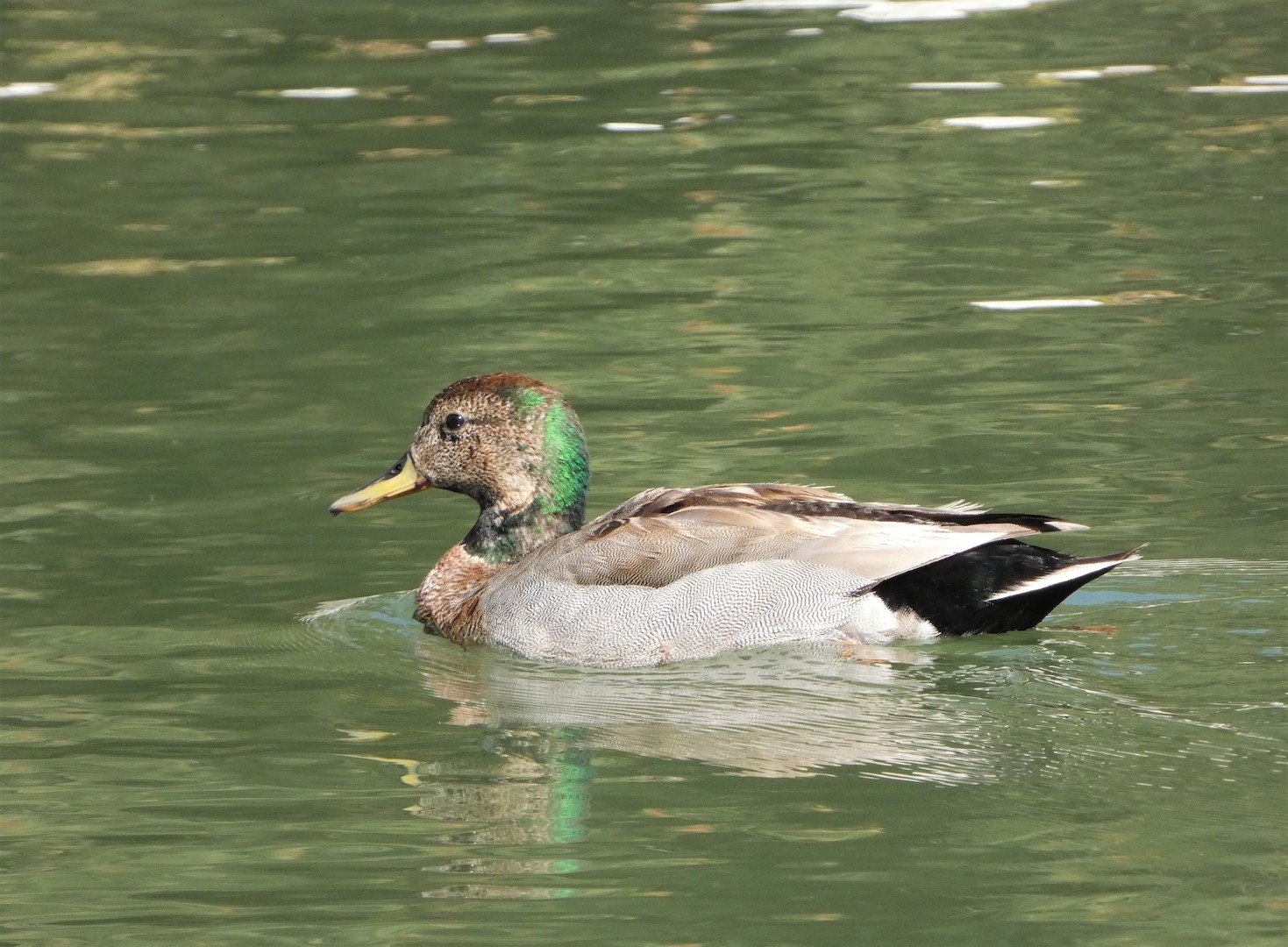
Gadwall x Mallard hybrid by Cara Barnhill
Rare shorebirds at the Fresno Wastewater Treatment Plant included five Marbled Godwits July 19 (ph. GW); a Sanderling April 30 (GW) (our first since 2019); four Baird’s Sandpipers August 11 (ph. GW) and two August 13 (ph. RS); single Semipalmated Sandpipers July 15 (JS) and July 26 (ph. GW), four on August 2 (ph. GW), one on August 3 (ph. RS), two on August 11 (GW), and one ton August 13 (ph. RS); and two Willets July 30 (ph. GF, SE) and August 2 (GW), and one August 3 (RS).

Marbled Godwit by Gary Woods

Sanderlings by Nathan Parmeter
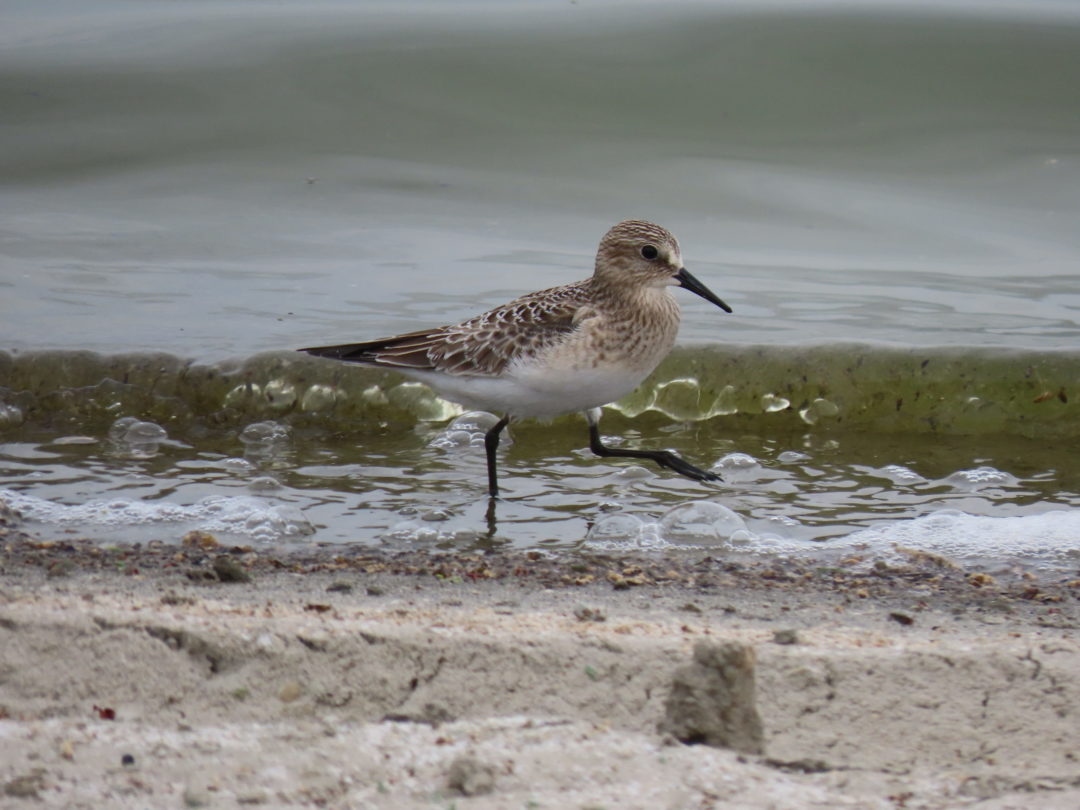
Baird’s Sandpiper by Rachel Clark

Semipalmated Sandpiper by Gary Woods

Willet by Gary Woods
An Eastern Kingbird along the California Aqueduct southeast of Three Rocks June 11 (ph. AS) provided the first record for Fresno County.
Swainson’s Thrush is reported less than annually in our area, so one in a north Fresno yard June 17 (ph. GF) was notable.

Swainson’s Thrush by Gary Woods
Black-throated Sparrow was first documented breeding in our area at Giant Sequoia National Monument in 2018. Breeders have been present there annually since then, including this year beginning May 8 (ph. EW), with up to four pairs at scattered locations along the greater Highway 180 corridor. Likely breeders (as many as seven pairs) were also present in a burn area associated with 2020’s Creek Fire near Mammoth Pool beginning May 15 (ph. LR, JD); another singing bird was at the Big Creek Overlook along Huntington Lake Road June 11 (JT). Prolonged drought and more frequent fires seem to be creating the dry and semi-open habitats this species prefers.

Black-throated Sparrow by Gary Woods
An American Redstart at the Lower Billy Creek Day Use Area of Huntington Lake July 11 (LH) established the sixth record for Fresno County.
Cited Observers: Cara Barnhill, Joel Donohue, Susan Estep, George Folsom, Lynn Hemink, Lexi Roberts, Rick Saxton, Jeff Seay, Alex Single, Jim Tietz, Edwin Wilke, Gary Woods. ph. = photographed by. WTP = Wastewater Treatment Plant.
If you make an interesting observation, we’d love to hear about it. We are especially interested in birds listed as casual or rare on the Fresno Audubon checklist and those found out of season, out of normal habitat, or in unusually large numbers. Please submit reports to eBird, the Fresno County Birders e-mail list, or Jeff Davis (jndavis@ucsc.edu).
Between Science and Magic: How Hummingbirds Hover at the Edge of the Possible
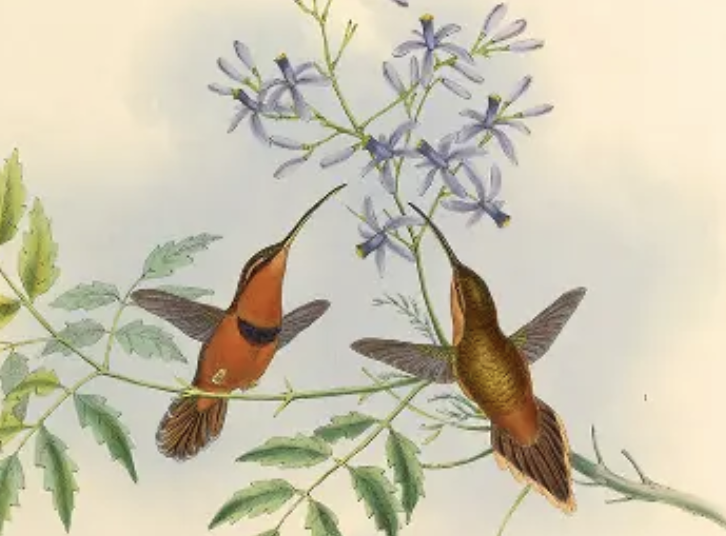
Belted Hermit Hummingbirds by John Gould, 1861.
Frida Kahlo painted a hummingbird into her fiercest self-portrait. Technology historian Steven Johnson drew on hummingbirds as the perfect metaphor for revolutionary innovation. Walt Whitman found great joy and solace in watching a hummingbird “coming and going, daintily balancing and shimmering about,” as he was learning anew how to balance a body coming and going in the world after his paralytic stroke. For poet and gardener Ross Gay, “the hummingbird hovering there with its green-gold breast shimmering, slipping its needle nose in the zinnia,” is indispensable to the “exercise in supreme attentiveness” that gardening offers. Read more…
‘This is a great story’: Whooping cranes make a comeback
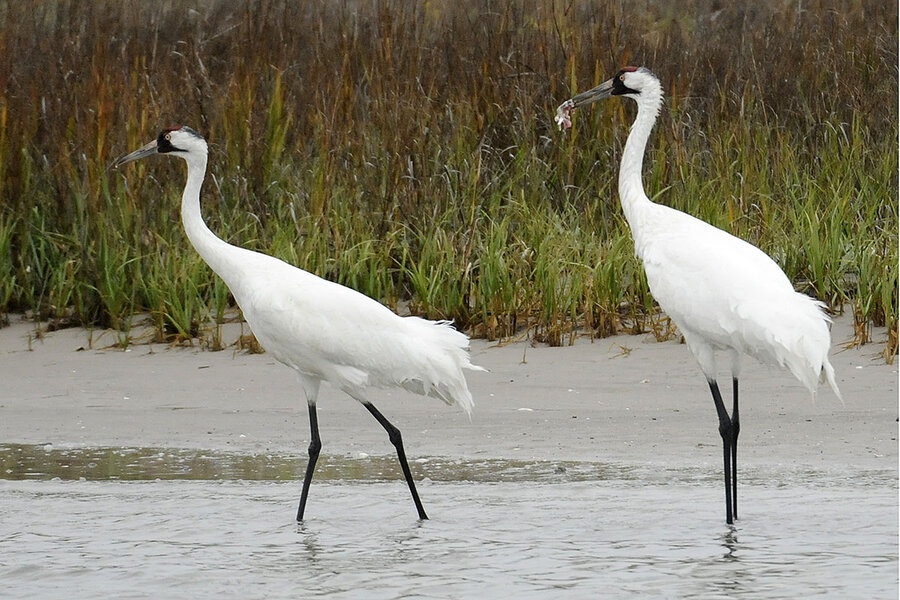
Last month, on a pair of rice and crawfish fields in southeast Texas, mounds of vegetation a few feet tall made modern history. The mounds were nests, built over the course of several days by two pairs of whooping cranes from Louisiana. “Historically there probably were whooping cranes nesting in Texas, but it’s been an awful long time since that’s happened,” says Wade Harrell, whooping crane recovery coordinator at the U.S. Fish and Wildlife Service. “They’re resilient, and they can use a variety of different habitats,” he adds. “The species is on a comeback.” Read more…
Juliet, last wild macaw in Rio, visits zoo every morning to canoodle companions, quell loneliness
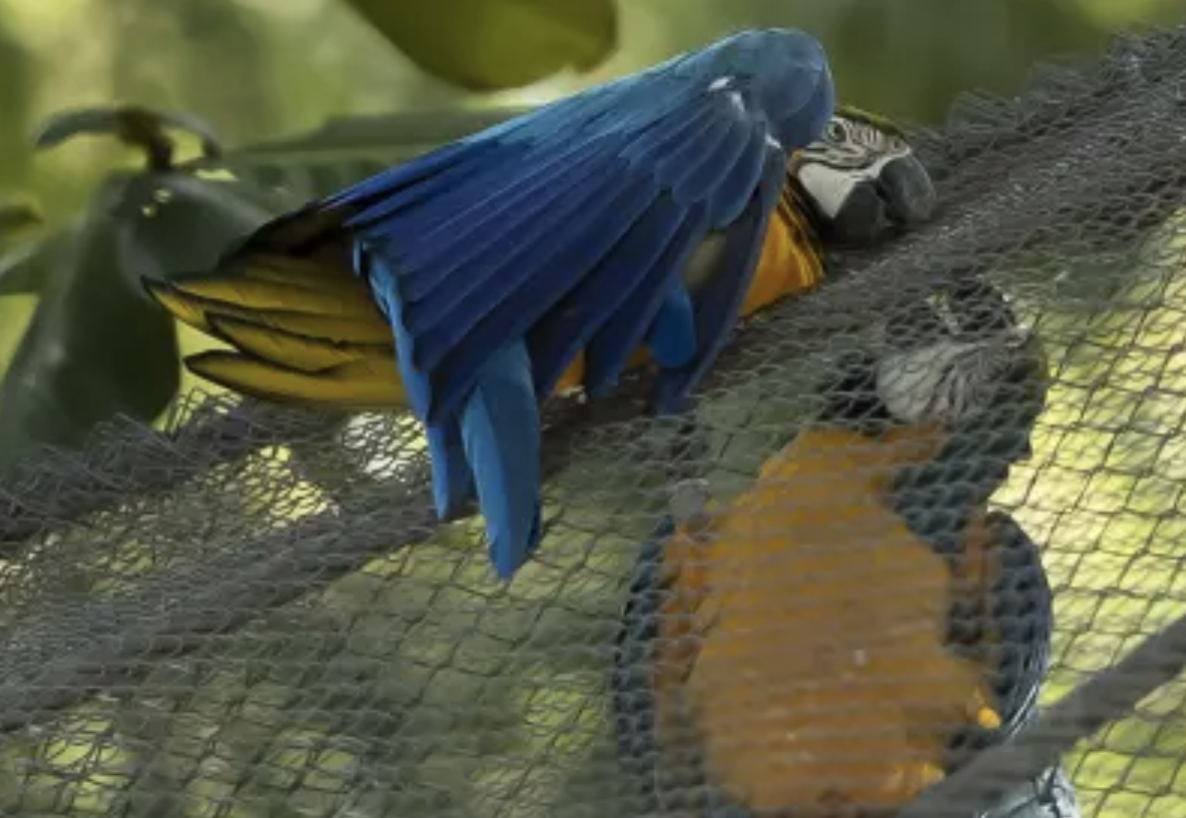
A macaw that zookeepers named Juliet, believed to be the only wild macaw left in Rio de Janeiro, makes her daily visit to the city’s zoo.
Some have claimed she’s indulging a forbidden romance. More likely, loneliness compels her to seek company at Rio de Janeiro’s zoo.
Either way, a blue-and-yellow macaw that zookeepers named Juliet is believed to be the only wild bird of its kind left in the Brazilian city where the birds once flew far and wide. Read more…
Scientists Decode The Physics Of Wave Surfing Pelicans

A pelican flies off the La Jolla coast, April 26, 2017.
The top of the bluff just south of the Torrey Pines Golf Course is a special place for those looking to take a leap off a cliff to fly. The combination of a cool ocean, hot land and a steep bluff make it possible. “Inland heats up and all that cool ocean breeze goes east,” said Vito Michelangelo, flight director at Torrey Pines Glider Port. “And that’s what creates the magic here for us. Soaring. As paragliding pilots.” Read more…
More Cool Facts About the Yellow-Bellied Sapsucker

Yellow-Bellied Sapsucker © John Sutton / Flickr
Considered a “double keystone species,” all species of woodpeckers are truly ecosystem engineers. Woodpeckers will excavate cavities in trees to raise their nestlings. Over time, these activities can then be used by other species of birds such as bluebirds and swallows. They can even be used by squirrels. Read more…
Head of AOS commits to ‘changing exclusionary or harmful bird names’
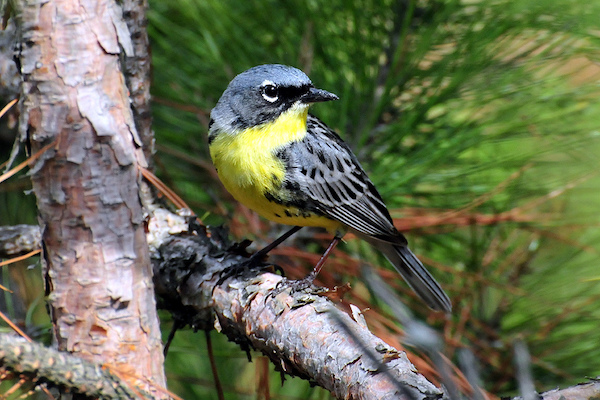
Kirtland’s Warbler is one of 149 North American bird species that bears a person’s name. Photo by Joel Trick/U.S. Fish and Wildlife Service
The president of the American Ornithological Society tells BirdWatching that the organization’s leadership supports the recent push to change the names of birds that are named for people and that he is forming an ad-hoc committee now to address the issue over the coming months.
“We are in favor of taking any actions that would make ornithology and birding more diverse and inclusive,” says Mike Webster, the current AOS president. (He is also the director of the Macaulay Library at the Cornell Lab of Ornithology and is the Robert G. Engel Professor of Ornithology at Cornell.) “That would include changing exclusionary or harmful bird names, where that’s necessary. I think the question is, how to go about doing that in a thoughtful way that maintains stability of bird names because that stability is important. But we absolutely are in favor of changing names where it will help increase diversity and inclusion.” Read more…
There are 50 billion wild birds on Earth – but four species dominate

European starlings (Sturnus vulgaris) are one of the world’s most common birds
Arndt Sven-Erik/Arterra Picture Library/Alamy
Earth is home to around 50 billion wild birds according to a new global estimate, but most species are very rare and only a handful number in the billions. Just four undomesticated species are in the club of those with a billion-plus individuals, with house sparrows (Passer domesticus) the most abundant, followed by European starlings (Sturnus vulgaris), ring-billed gulls (Larus delawarensis) and barn swallows (Hirundo rustica). By contrast, 1180 species number fewer than 5000 birds each. Read more…
A LONG-LOST LETTER FROM ALBERT EINSTEIN MADE AN UNCANNY PREDICTION 70 YEARS EARLY
SINCE THE DAWN OF THE ELECTRONIC AGE, it has never been easier for researchers to engage with the general public — gaining access to precious resources otherwise unavailable.
This is illustrated perfectly in our latest publication, in which we introduce a previously unknown letter written in 1949 by none other than Albert Einstein. In it, the German-born mathematician and physicist discusses bees, birds, and whether new physics principles could come from studying animal senses.
We performed magic tricks on birds to see how they perceive the world
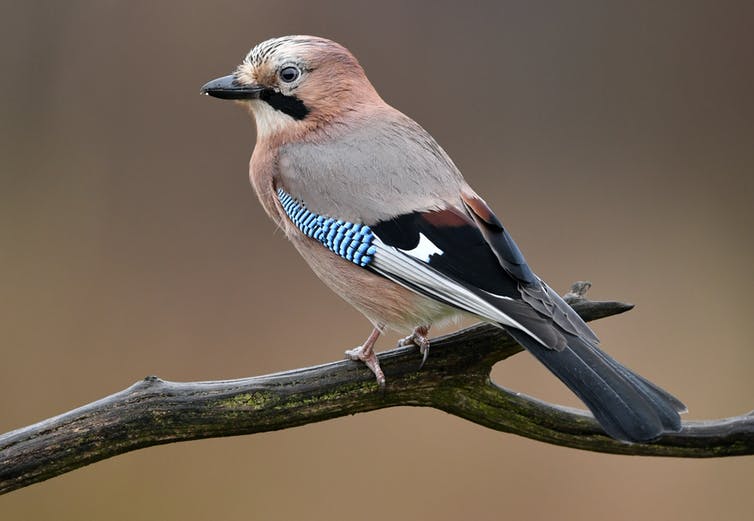
Magic tricks can teach us about how the brain works. Magic capitalises on very specific blind spots in people’s attention and perception so the techniques that magicians use to trick audiences are particularly interesting to psychologists like me. Misdirection, for example, relies on the control of the audience’s attention to fool them. A magician will divert the audience’s attention away from things that show how the trick is done, towards the effect they want them to see. This and other magic techniques can reveal important characteristics of how our minds work. Read more…
Crashed drones force birds to abandon 1,500 of their eggs at California beach

Crashed drone forces birds to abandon thousands of their eggs at California beach CALIFORNIA DEPARTMENT OF FISH AND WILDLIFE
More than a thousand bird eggs were abandoned at a California beach after two drones crashed, California Department of Fish and Wildlife officials said. Around 1,500 elegant tern eggs were abandoned at the Bolsa Chica Ecological Reserve in Huntington Beach after two drones crashed into the nest, KABC reported. “In my career, I have never seen such devastation, so that was really hard,” Melissa Loebl, the environmental scientist reserve manager with the California Department of Fish and Wildlife, told the station. Read more…
Photographer captures ‘odd but exciting’ crow behaviour known as anting
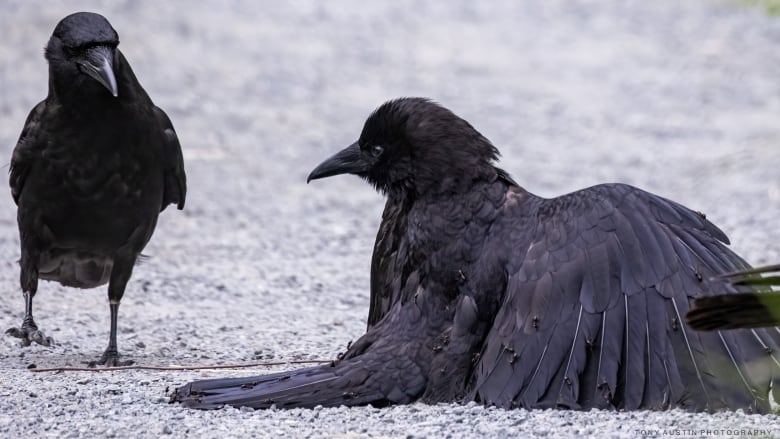
Photographer Tony Austin of Metchosin, B.C., said he had no idea what he was observing until he enlarged this image of crows at Victoria’s Swan Lake Nature Sanctuary on a computer screen and saw that one of the birds was covered in ants. (Tony Austin Photography)
Photographer Tony Austin recently captured a peculiar image of a crow with its wings covered in dozens of tiny black ants in the throes of what appeared to be a behaviour he described as a “very odd and violent dirt bath.” Read more…
STUDY SAYS QUANTUM PHYSICS DRIVES BIRD MIGRATION PATTERNS
Henrik Mouritsen at The University of Oldenburg in Germany led the scientists behind the magnetoreception study, which they published in the journal Nature. The scientists were actually working off a hypothesis first proposed by a physicist back in the ’70s; one that proposed the idea that magnetoreceptive animals use light-sensitive molecules to sense Earth’s magnetic field. Read more…
How to Take Better Bird Photos
Bird photography is a very challenging genre that requires a lot of specialized knowledge, top-tier technique, and patience, but when it all comes together, it can reward you with stunning photos. If you are looking to improve your own bird photography, this awesome video tutorial features two seasoned professionals discussing their background and a range of lessons and ways to improve your work. Read more…
Wildfires Change Songbirds’ Flashy Plumage
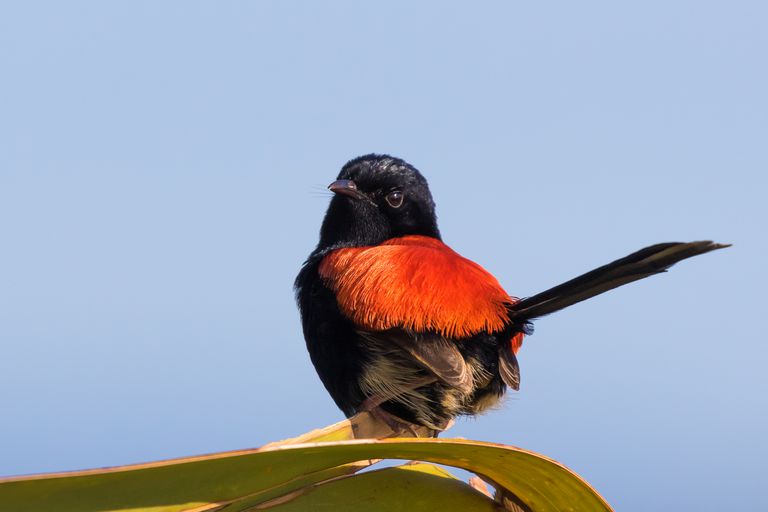
Male red-backed fairywrens are known for their elaborate feathers. Sally Hinton / Getty Images
Devastating wildfires can do more than ruin an animal’s habitat. They can also challenge their relationships. In a new study, researchers found that flashy songbirds called red-backed fairywrens didn’t molt into their elaborate red and black plumage after wildfires destroyed their habitats in Australia.1 Their less attractive feathers were also accompanied by a drop in testosterone, which has been linked to the showy plumage. And those flashy feathers are what helps them attract mates. Read more…
Why did birds survive extinction while dinosaurs died out?
That beautiful singing bird on your fence is a descendent of dinosaurs. As all dinosaurs have gone extinct, what allowed the birds to adapt and survive? New research published in Science Advances points to a special feature of birds’ brains that could explain why they are still with us today. Read more…
Bird Species Abundances, from Biggest to Smallest

Credit: Jen Christiansen (graphic), Liz Wahid (birds)
Comparing the relative sizes of bird species has long seemed an impossible task—too many species simply lack reliable counts. A recent influx of citizen science data, however, allowed researchers to make global abundance estimates for 9,700 species, about 92 percent of all birds on Earth. Biologists Corey T. Callaghan, Shinichi Nakagawa and William K. Cornwell, all at the University of New South Wales in Australia, combined scientific data for 724 well-studied species with counts from the app eBird, where people around the world can submit bird sightings. The researchers used an algorithm to extrapolate estimates for all species in their sample. The results, published recently in the Proceedings of the National Academy of Sciences USA, confirm a common pattern among animals: across the globe there are many species with small populations isolated in niche habitats and relatively few species that have managed to expand over a wide territory and grow their population into the hundreds of millions or billions. Eventually the findings could help with conservation efforts. “The next step is, Which species are rare because that’s just the way Mother Nature made them, and which species are rare because we [humans] screwed up?” Callaghan asks. This project did not try to answer these questions, but it is a “necessary first step” toward doing so, he says. Read more…
Birds’ eye size reflects habitat and diet, may predict sensitivity to environmental change
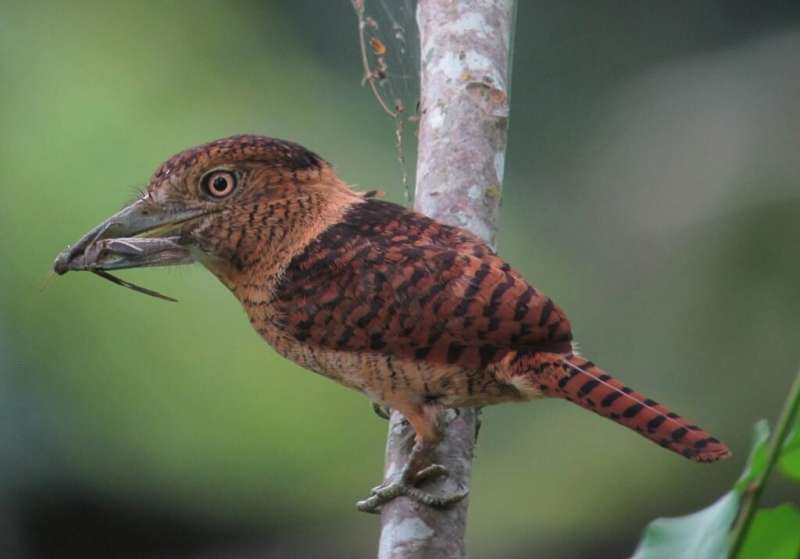
This barred puffbird, Nystalus radiatus, has large eyes that help it navigate tropical rainforests in Central and South America where it primarily hunts insects and small lizards. Credit: Félix Uribe, CC BY-SA 2.0
A new study shows the eye size of birds can reveal broad patterns of their biology and behavior, including where they live, what they eat and how they hunt, providing a potential roadmap for future conservation efforts. Read more…
Giant centipedes eat seabird chicks on South Pacific island

Predator and prey: a Phillip Island Centipede passes a Black-winged Petrel (Luke Halpin).
A new study has profiled the surprising predatory antics of a giant centipede species in the South Pacific, which feeds on an unusually large proportion of vertebrate animals – including seabird chicks. As large marine predators, seabirds usually sit at the top of the food chain. But the research, published in The American Naturalist, demonstrates this isn’t always the case. On Phillip Island, part of the South Pacific’s Norfolk Island group, the Phillip Island Centipede Cormocephalus coynei population can kill and eat up to 3,700 Black-winged Petrel chicks every year. Read more…
eBird Essentials, a free course from the Bird Academy
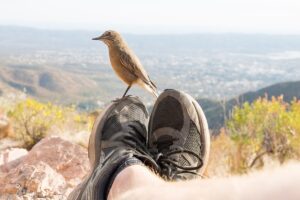
Get up to speed on how the largest biological citizen-science program in the world can help you with your birding. The eBird community gathers more than 100 million bird sightings each year from people like you. Providing a powerful tool for motivated bird enthusiasts everywhere, eBird helps you find more birds and keep track of your sightings. Collectively, these sightings are now empowering a global scientific community and helping answer pressing conservation questions. Full of video tutorials, this course will get you ready to confidently store and share your sightings with eBird. Read more…
Member Photographs
Fresno Audubon members have been submitting some really terrific photographs to this column. If you would like to add yours to the mix, please send your photo in jpeg format to rsnow@fresnoaudubon.org with a brief description, where the photo was taken and how you want the photo credit to read. Birds may be from anywhere. Limited space may restrict publication to a later issue. We will also showcase your photos on our social media.
Cara Barnhill

Great Blue Heron by Cara Barnhill. Lost Lake Park. 17 August 2021.
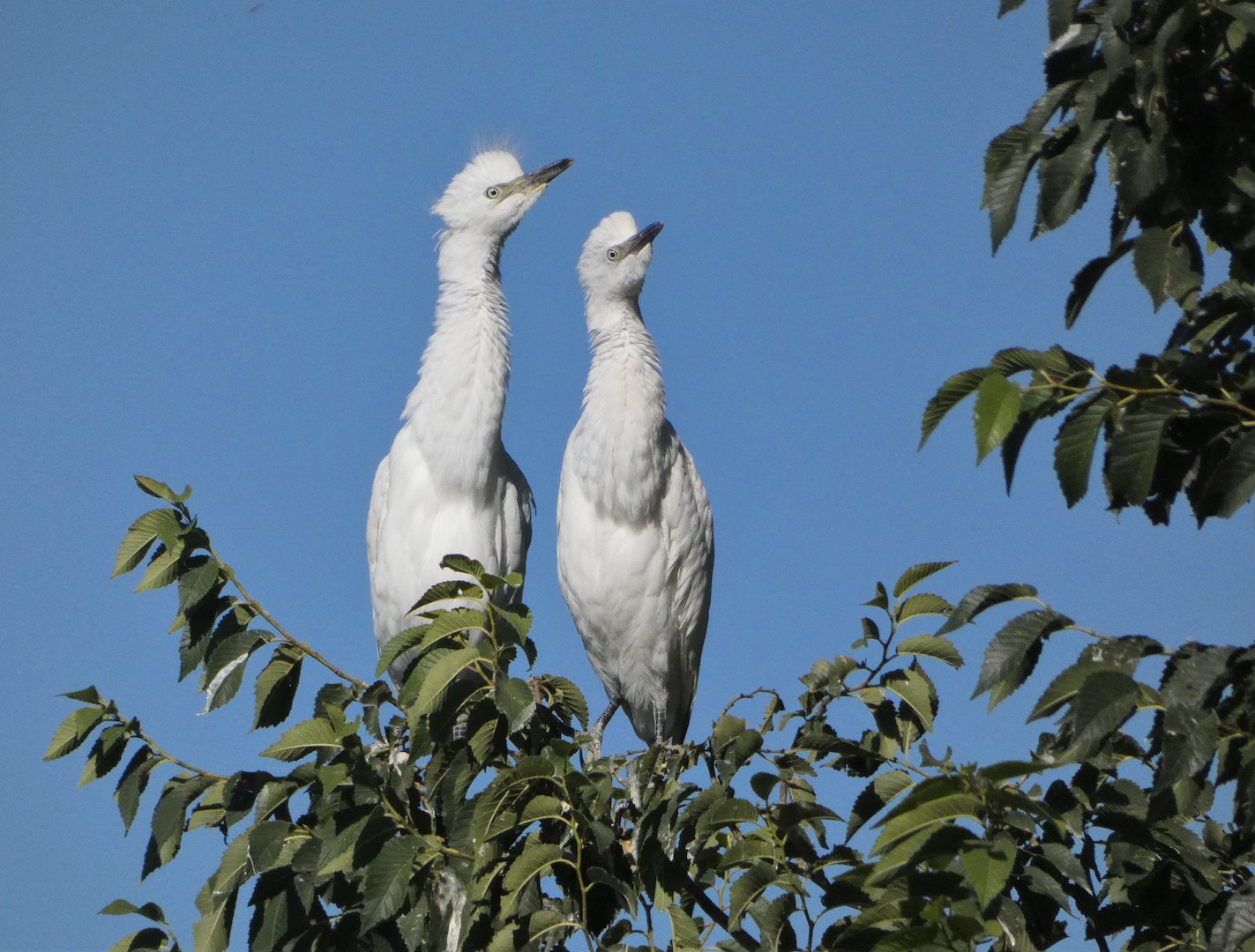
Juvenile Cattle Egrets by Cara Barnhill. Roeding Park, Fresno CA. 11 June 2021.
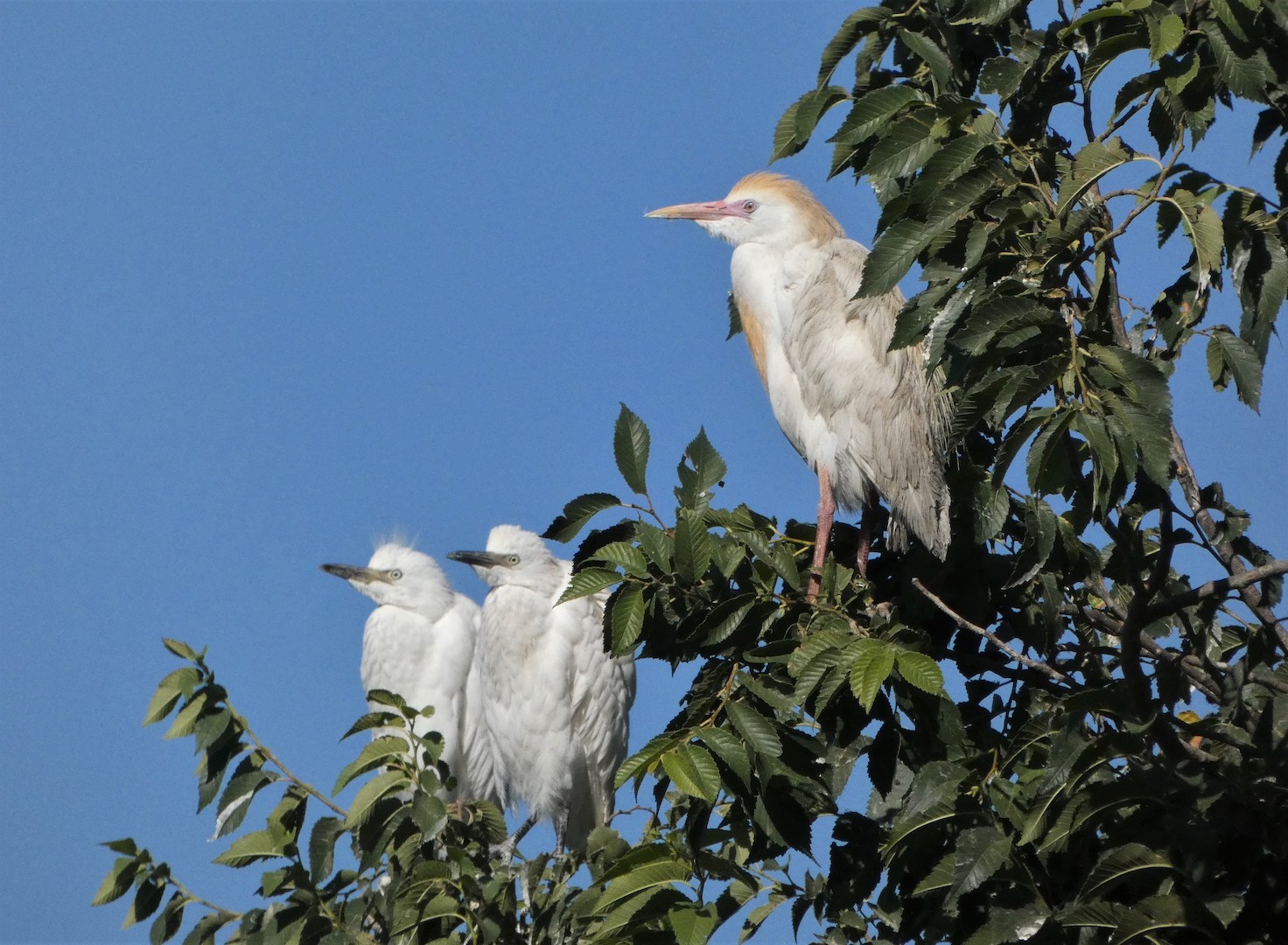
Cattle Egrets by Cara Barnhill. Roeding Park, Fresno CA. 11 June 2021.
Mary Cantrell

Black-Crowned Night Heron eating catfish by Mary Cantrell. April 2021.

Red-shouldered Hawk by Mary Cantrell. Clovis, CA. 14 July 2021.
Larry Cusick

California Towhee by Larry Cusick. Central Coast, CA. August 2021

Juvenile Western Bluebird by Larry Cusick. Point Reyes, CA. July 2021

Juvenile Black-crowned Night Heron by Larry Cusick. Central Coast, CA. August 2021

House Finch by Larry Cusick. Point Reyes, CA. July 2021.

White-crowned Sparrow by Larry Cusick.Point Reyes, CA. July 2021.

Great Blue Heron by Larry Cusick. Lost Lake Park, CA. July 2021.

Curlew by Larry Cusick. Central Coast, CA. August 2021.

American Goldfinch by Larry Cusick. Point Reyes, CA. July 2021.

Great Egret by Larry Cusick. Central Coast, CA. August 2021.

Cooper’s Hawk by Larry Cusick. Lost Lake Park, CA. July 2021.

Song Sparrow by Larry Cusick. Point Reyes, CA. July 2021.
Barry Mast
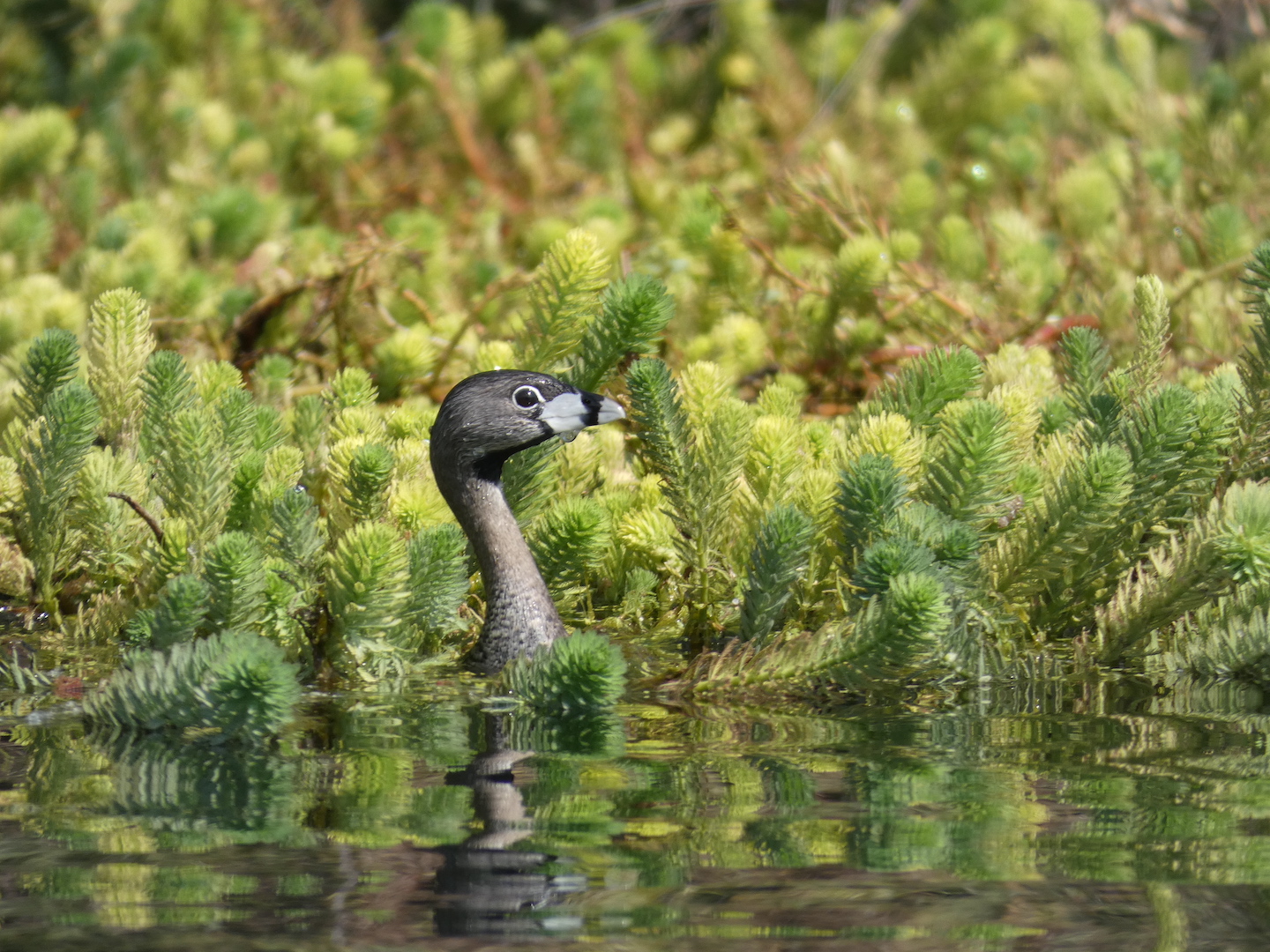
Pied-billed Grebe by Barry Mast. Lost Lake Park mid July 2021.
Karen McClure

Juvenile Black-throated Sparrow by Karen McClure. Hildreth Rd, north, CA. 19 September 2020.
John McDaniel
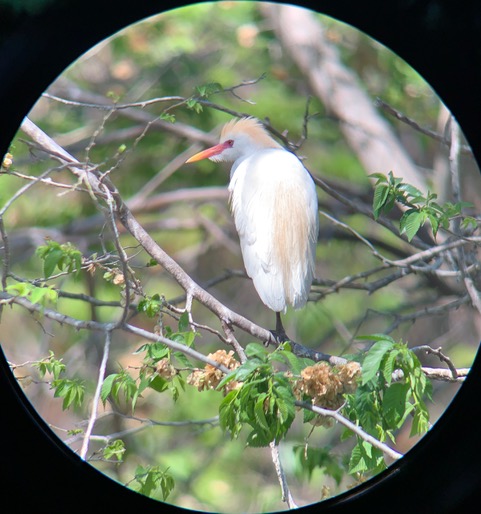
Cattle Egret by John McDaniel. Roeding Park, Fresno, CA.
Sandra McMillan-Cato

Cooper’s Hawk with Northern Mockingbird by Sandra McMillan-Cato. The RV Lakes & Golf Resort, Chowchilla, CA. 17 August 2021.
Nathan Parmeter
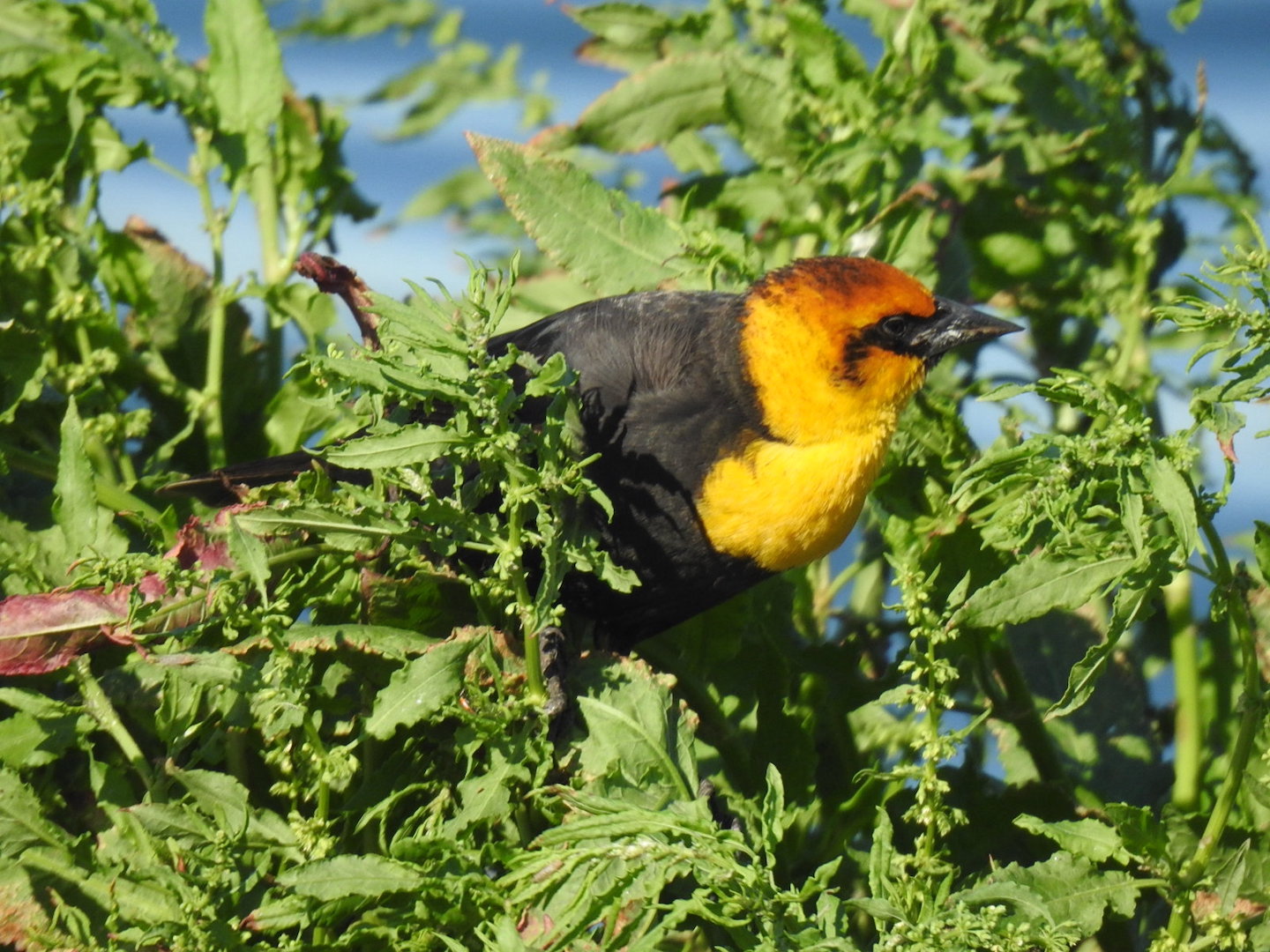
Yellow-headed Blackbird by Nathan Parmeter. Madera WTP, CA. 1 May 2021
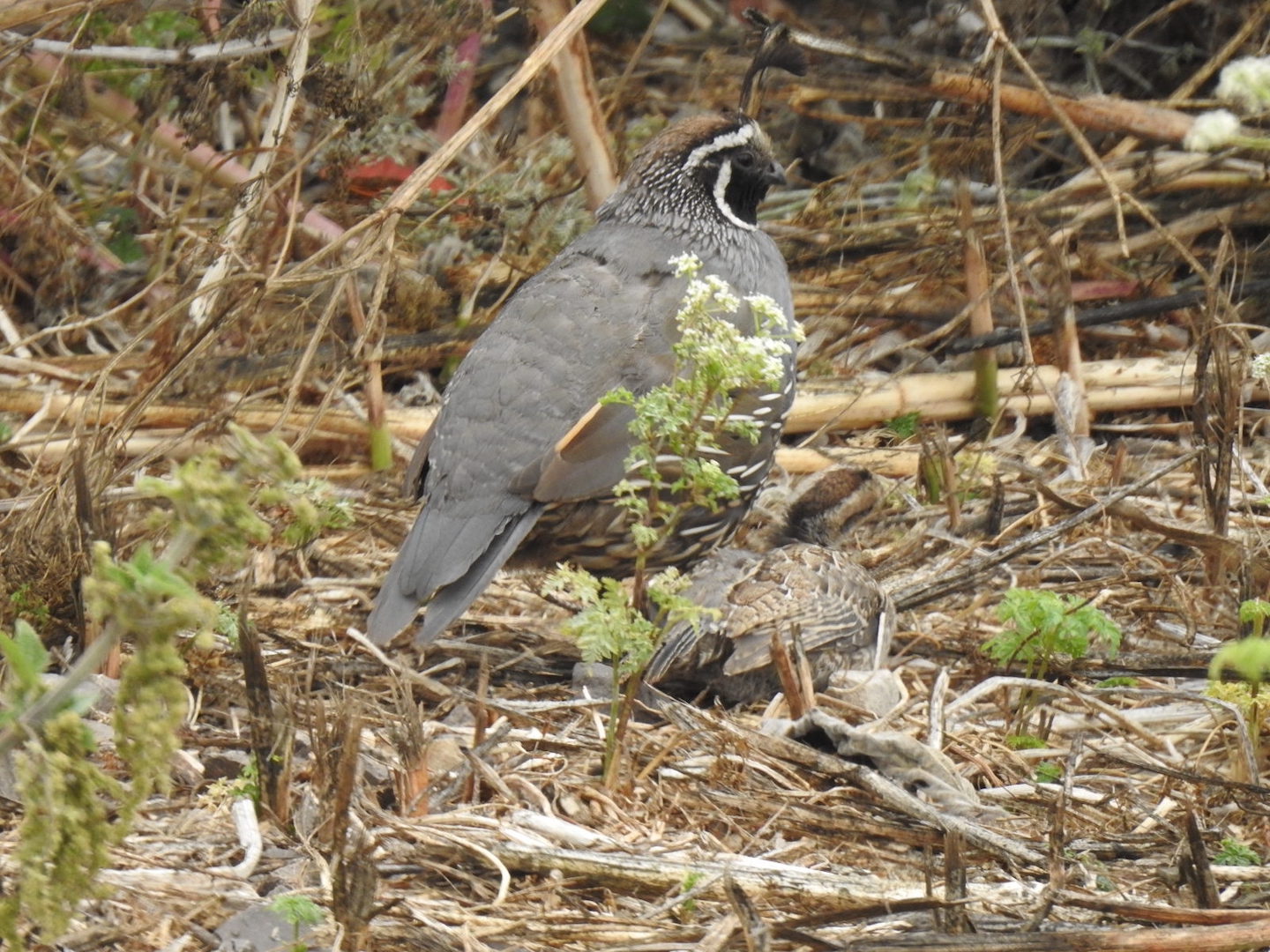
California Quail by Nathan Parmeter. Montaña de Oro State Park, CA. 14 August 2021
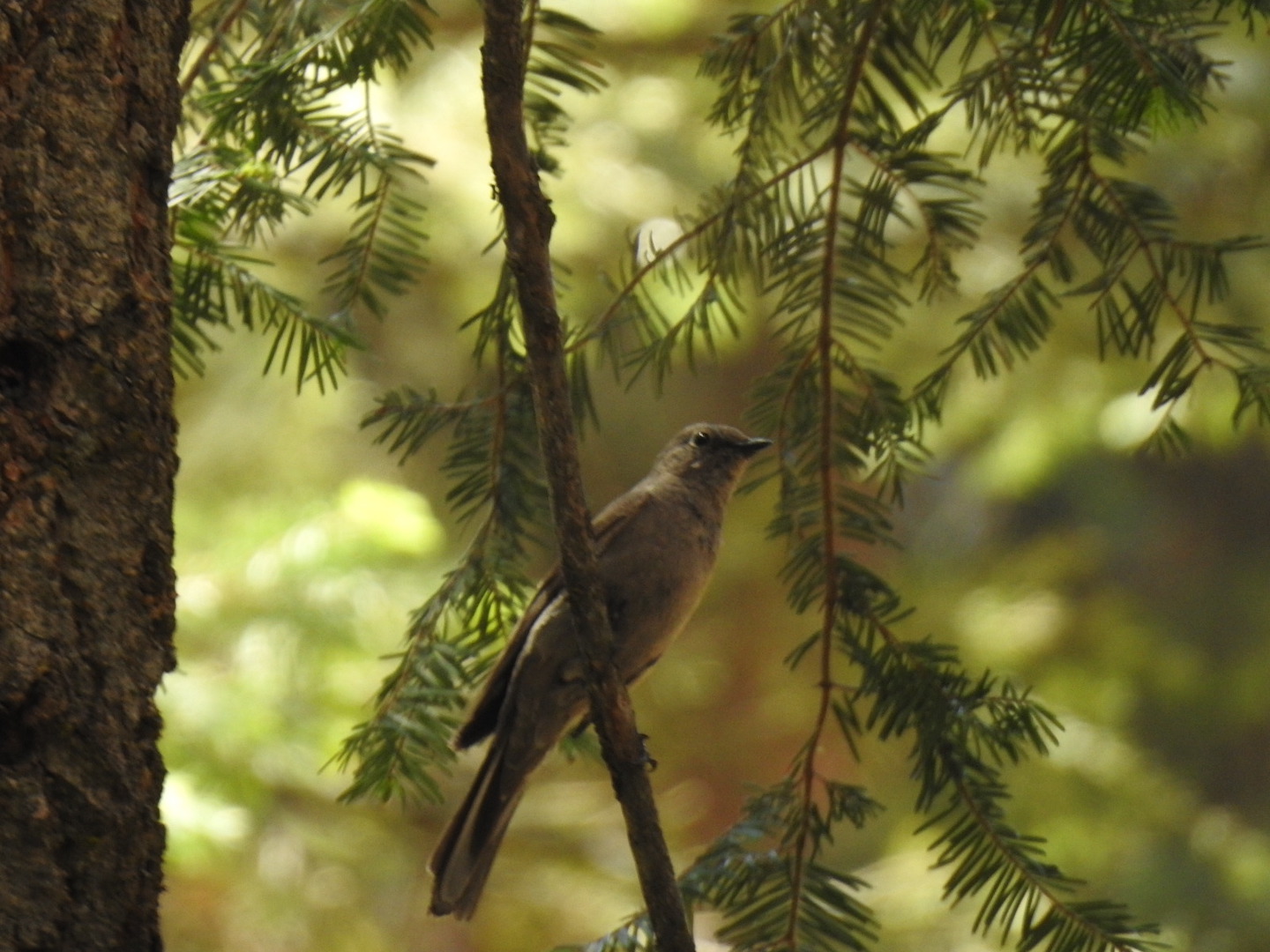
Townsend’s Solitaire by Nathan Parmeter. Sequoia National Park, CA. 20 June 2021
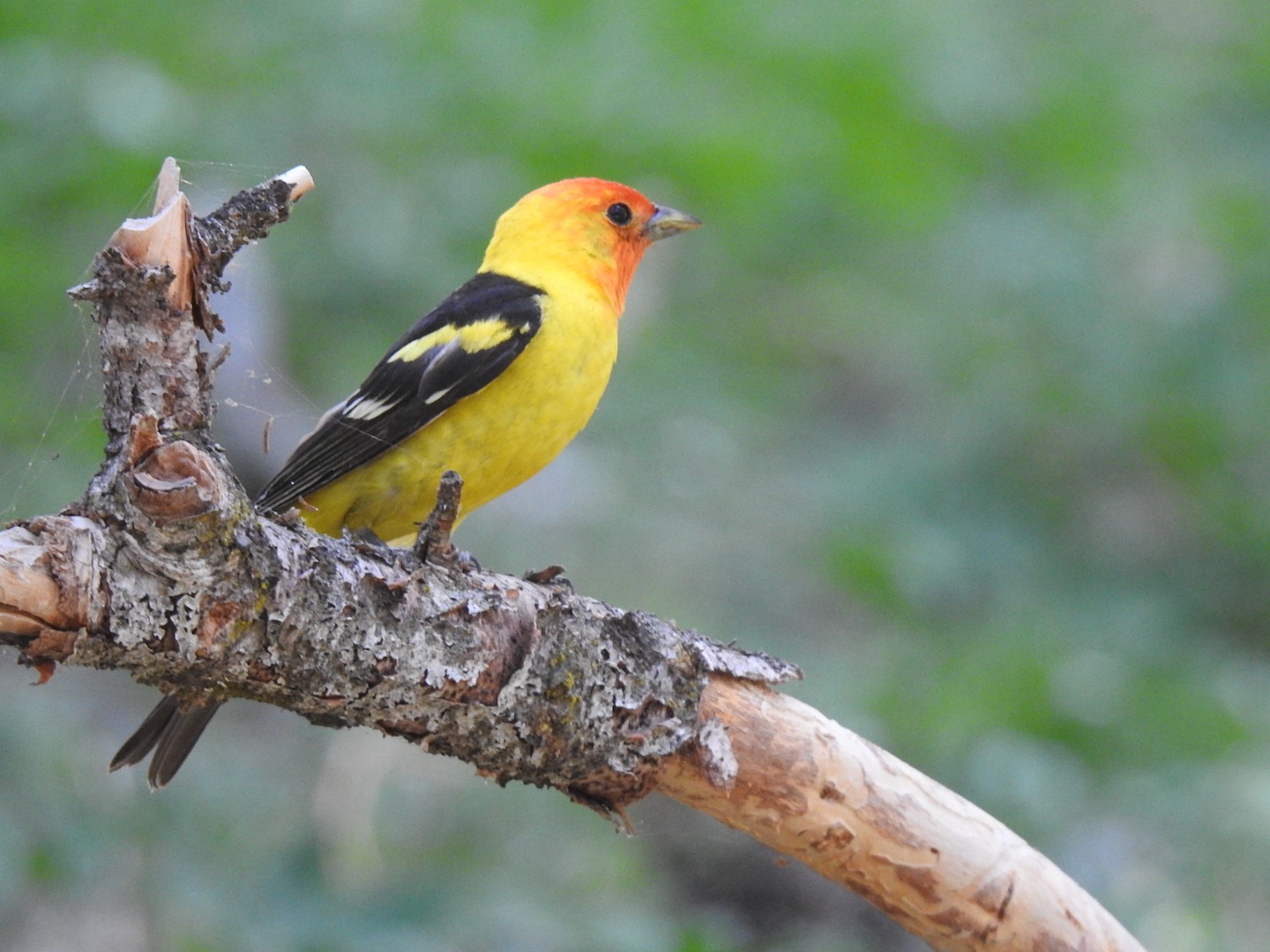
Western Tanager by Nathan Parmeter. Sequoia National Park, CA. 20 June 2021
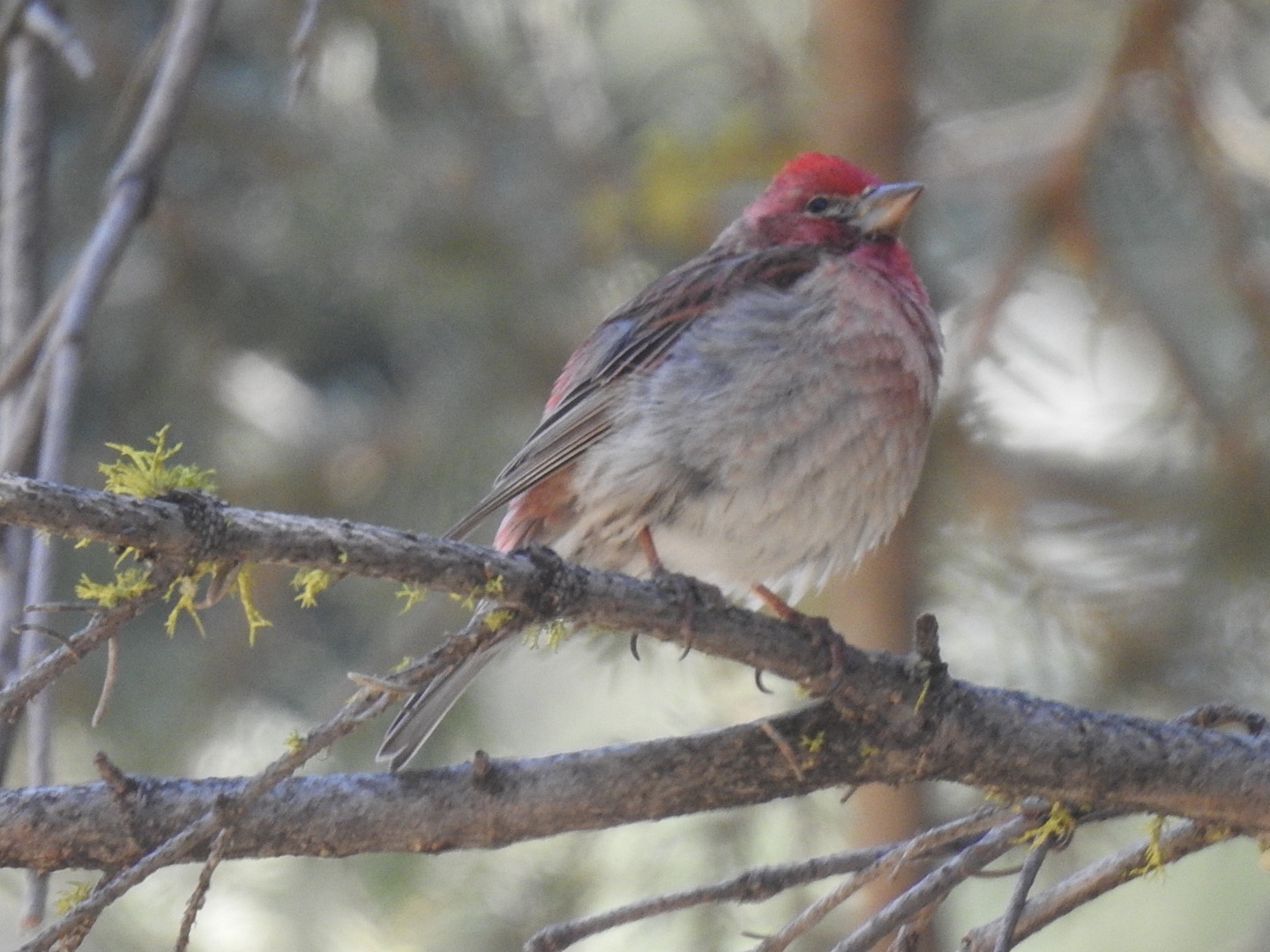
Male Cassin’s Finch by Nathan Parmeter. Cold Springs Summit Interpretive Site, Madera County, CA. 29 May 2021.
Gayle Scott

Red-shouldered Hawk by Gayle Scott. Clovis Trail, 21 July 2021
Judy Smith

Great Egret by Judy Smith. Oso de Oro Park, Fresno

Spotted Towhee by Judy Smith. Montaña de Oro State Park

Male and female Black-headed Grosbeaks by Judy Smith. Northwest Fresno

Rufous Hummingbird by Judy Smith. Northwest Fresno

Double-crested Cormorant by Judy Smith. Ponding basin, Northwest Fresno

Great Blue Heron by Judy Smith. Ponding basin, Northwest Fresno
Deborah Weber

Acorn Woodpecker by Deborah Weber




Sorry, the comment form is closed at this time.